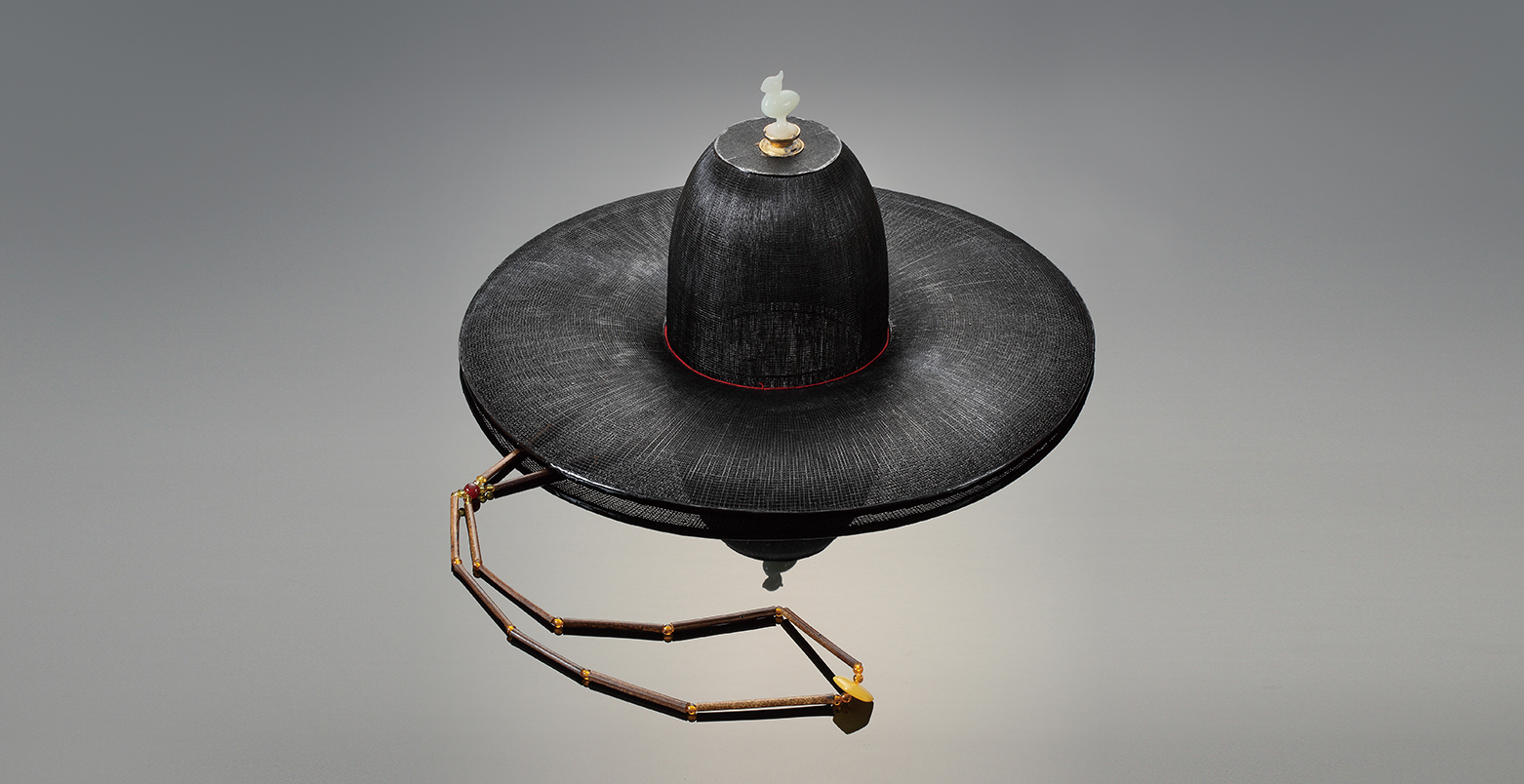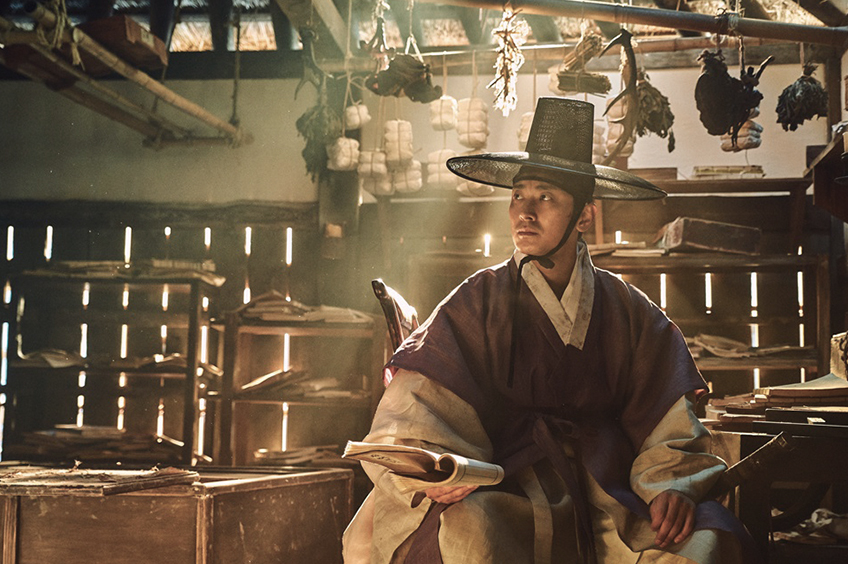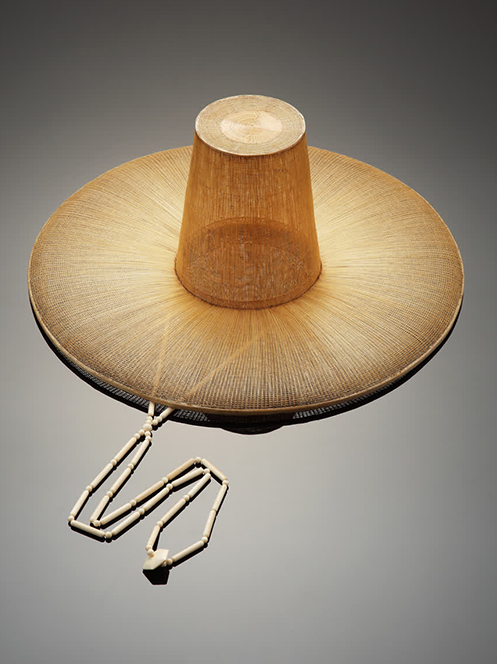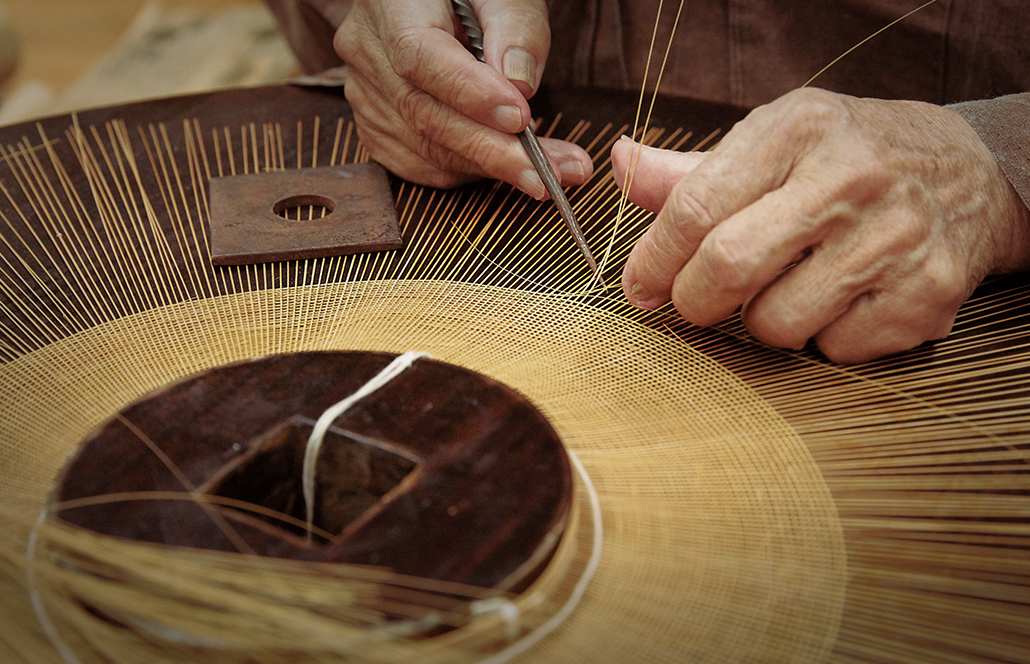
Contents









Korean Creator Beloved by China

Crafts · Written by Lee Eun-yi, designer & writer
Photo courtesy of Korea Cultural Heritage Foundation, Park Chang-yeong, Seo Heon Gang
Gat
Coexistence of Covering & Exposure
People throughout human history have developed hats to protect the head, resulting in a wide
diversity of hat designs around the world. Thanks to the overseas popularity of the Korean period
drama “Kingdom” on Netflix, the gat, a popular hat worn during the Joseon Dynasty (1392-1910),
has seen a resurgence of attention. The design features the intricate weaving of bamboo as thin
as a strand of hair and horsehair together. Though the gat appears fragile, no other
hat is as durable when it comes to meaning and spirit.

Samguk Yusa (Memorabilia of the Three Kingdoms) mentions King Won-seong’s wearing of a sorip (hat made of bamboo for commoners) and the appearance of hunters adorning a paeraengi (commoner’s hat) in Goguryeo murals, showing how early in Korean history the gat was used. The two primary types of gat are banggat, resembling a brimless umbrella, and paeraengi, or a hat with a brim whose top is round. With the transition from the Goryeo (918 C.E.-1392) to the Joseon Dynasty (1392-1910), the top round part of the paeraengi was modified into a flat cylinder, paving the way for the modern-day gat design.
A gat consists of a chongmoja (horsehair crown) that stands high over the head, a yangtae (brim) and the string. In general, the chongmoja is made of horsehair while the yangtae consists of juksa (thinly split bamboo) and string silk. The gat goes through a systematic production process as both materials and processes vary, as well as being tricky and sophisticated. The overall process comprises the three distinct stages of chongmojail, yangtaeil and ipjail, which refers to the process of attaching a chongmoja and yangtae, followed by the refining of the hat shape and finishing with painting and lacquer. These steps combined form the technique gatil, which is designated as Important Intangible Cultural Heritage No. 4 by the Korean government.

Thanks to the overseas popularity of the Korean period drama, gat has seen a resurgence of attention © The Kingdom, Netflix
Esthetic Value of Simultaneous
Covering & Exposure
The gat was conventionally used to shield the wearer from sunlight and rain, while also functioning as a kind of sign, symbol, and beyond that, spirit. A married man showed his marital status by tying his hair into a topknot and wearing a gat, indicating his manners in covering his head whenever away from home. He realized the spirit of seonbi (classical scholar) in a correct posture by not taking off his hat even indoors. The black gat, which created a contrast with a white robe, highlighted a sense of dignity, with the string decorated using stones like amber, jade and crystal, further enhancing the wearer’s image as an intellectual. The design integrates both a circle and line for plainness, while the fluid curves of the yangtae emanate elegance.
The hat’s size, height, the width of the yangtae and the string’s material evolved according to trends and the gat design was another factor reflecting the social atmosphere. Following King Gojong’s ordinance prohibiting topknots in 1894, demand for gat plummeted to the degree that the hat today is a mere prop in historical dramas and movies. This hat is made by weaving horsehair and juksa together, yet features a lightweight design with implications of manners and weight befitting an adult and/or scholar. When sunlight passes through the hat’s dense gaps, hair hidden in black is revealed with a soft glow as shadows are cast over a brightly illuminated face. This gat trait communicates the very esthetics of providing coverage for the wearer from nature’s elements while retaining an esthetic touch.
 Unique style of gat was usually worn during national funerals by noblemen of Joseon (1392-1910).
Unique style of gat was usually worn during national funerals by noblemen of Joseon (1392-1910).  Making gat requires sophisticated process. © Park Soon-ae, Studio Soodal
Making gat requires sophisticated process. © Park Soon-ae, Studio Soodal Other Articles



Doribaengbaengi






Korean Creator Beloved by China






